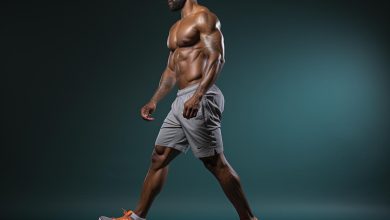Stretching Techniques for Relieving Tight Calf Muscles

Are your tight calf muscles cramping your style? Look no further! This article will be your ultimate guide to relieving those pesky knots.
We’ve got the scoop on effective stretching techniques that will have you feeling loose and limber in no time. Say goodbye to discomfort and hello to flexibility as we dive into dynamic stretches, static techniques, foam rolling, and more.
Get ready to kick those tight calves to the curb!
The Importance of Stretching
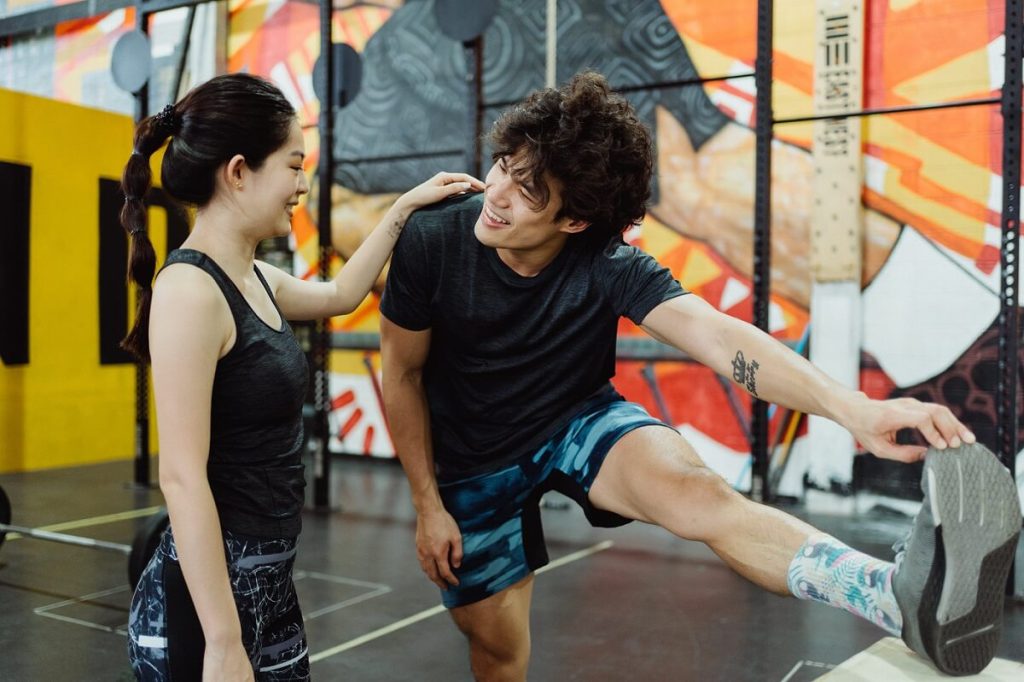
Regular stretching exercises can help increase blood flow to the muscles, reducing the risk of injury and promoting muscle recovery. By stretching regularly, you enhance the elasticity of your calf muscles, allowing them to withstand more stress during physical activities or exercises.
Stretching also plays a vital role in improving flexibility and range of motion. When you stretch your calf muscles, you are lengthening and elongating them, which allows for better mobility in everyday movements such as walking or running. Increased flexibility reduces muscle imbalances that can lead to issues like poor posture or joint pain.
Incorporating stretches specifically targeted for your calves into your workout routine is crucial for maintaining healthy leg muscles. It is recommended to perform dynamic stretches before exercising and static stretches after workouts for optimal results.
Overall, understanding the importance of stretching is essential for preventing tight calf muscles. By incorporating regular stretching exercises into your routine, you can experience improved flexibility, enhanced range of motion, reduced risk of injuries, and better overall muscle health.
Dynamic Stretching Exercises
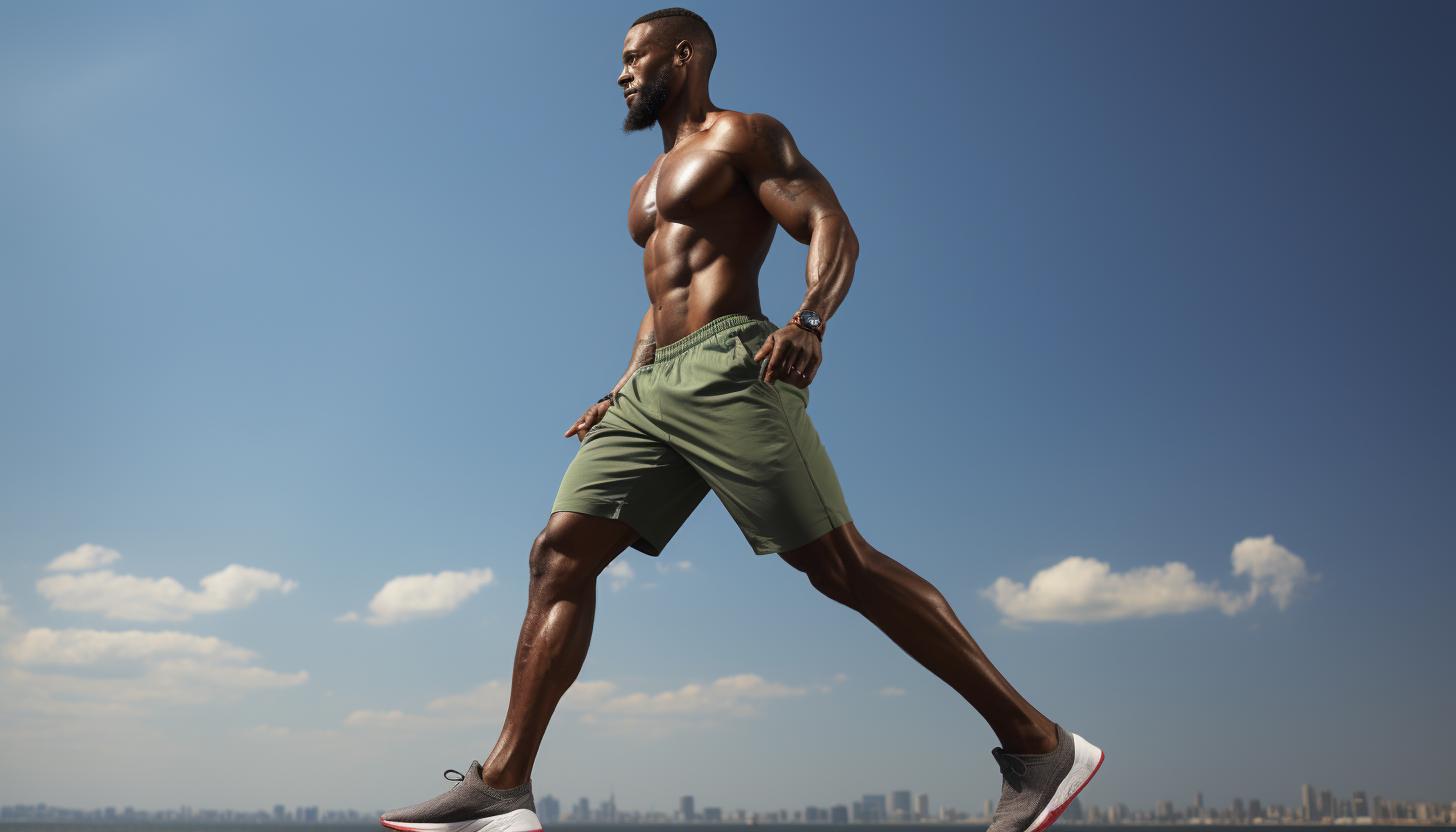
Dynamic stretching exercises can help improve flexibility and prevent muscle strain in your calves. When it comes to warming up before any physical activity, an active warm-up routine that includes dynamic stretching is crucial for maximizing performance and reducing the risk of injury. Unlike static stretching, where you hold a stretch for a prolonged period, dynamic stretches involve continuous movement through a full range of motion. This type of stretching not only increases blood flow to the muscles but also primes them for action by activating the nervous system.
One of the main benefits of dynamic stretching is its ability to increase joint mobility and flexibility. By moving your limbs through a controlled range of motion, you encourage synovial fluid production within your joints, which lubricates them and enhances their function. Increased flexibility in the calves allows for better leg extension during activities like running or jumping, reducing the risk of strains or pulls.
In addition to improving flexibility, dynamic stretching also helps activate and warm up specific muscle groups involved in your workout or sport. This prepares these muscles for the upcoming activity by increasing blood flow and raising their temperature. By incorporating dynamic calf stretches into your warm-up routine, you can enhance muscle readiness while decreasing stiffness or tightness.
To get started with dynamic calf stretches, consider adding movements such as walking lunges with a high knee lift or skipping with exaggerated calf raises into your warm-up routine. Remember to perform each exercise in a controlled manner and gradually increase intensity as you feel more comfortable.
Dynamic stretching can be an effective tool in preventing muscle strain and enhancing athletic performance when incorporated properly into your active warm-up routine.
Static Stretching Techniques
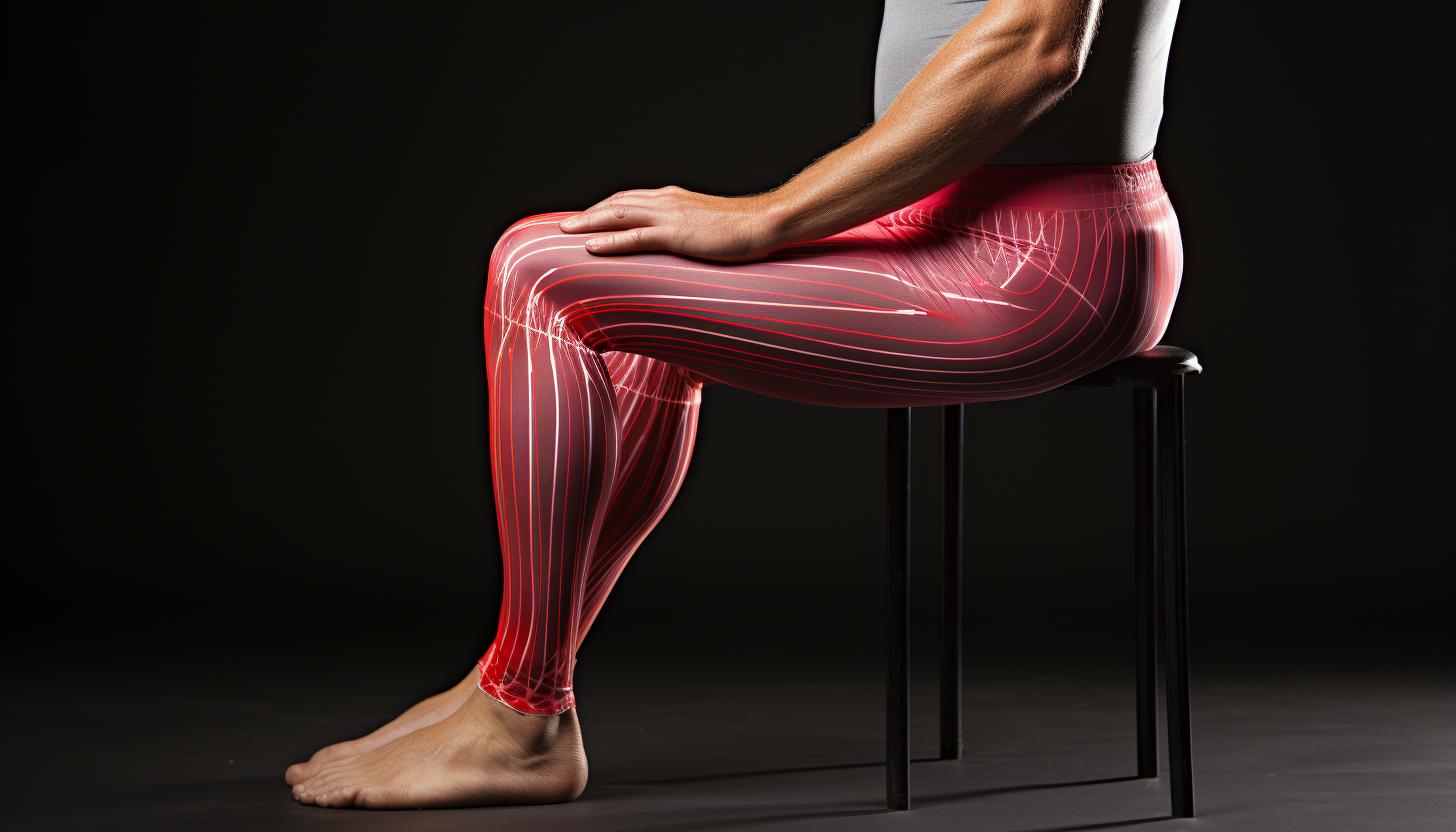
Incorporating static stretches into your warm-up routine can be beneficial for improving flexibility and preventing muscle strain. Static stretching involves holding a stretch for an extended period, typically around 30 seconds. This technique helps to increase the length of muscles and tendons, promoting better range of motion.
One type of static stretching that has gained popularity is isometric stretching. Isometric stretching involves contracting a muscle while it is in a stretched position. This form of stretching not only increases flexibility but also improves strength and stability. By engaging the muscles in this way, you can effectively target tight areas and work towards relieving muscle imbalances.
Another effective technique for static stretching is Proprioceptive Neuromuscular Facilitation (PNF). PNF stretching combines passive stretching with alternating contractions and relaxations of both the stretched muscle and its antagonist. This technique helps to override the body’s natural protective mechanisms by tricking the brain into allowing deeper stretches. PNF stretching has been shown to have significant benefits in increasing range of motion and improving overall flexibility.
Foam Rolling for Calf Muscles
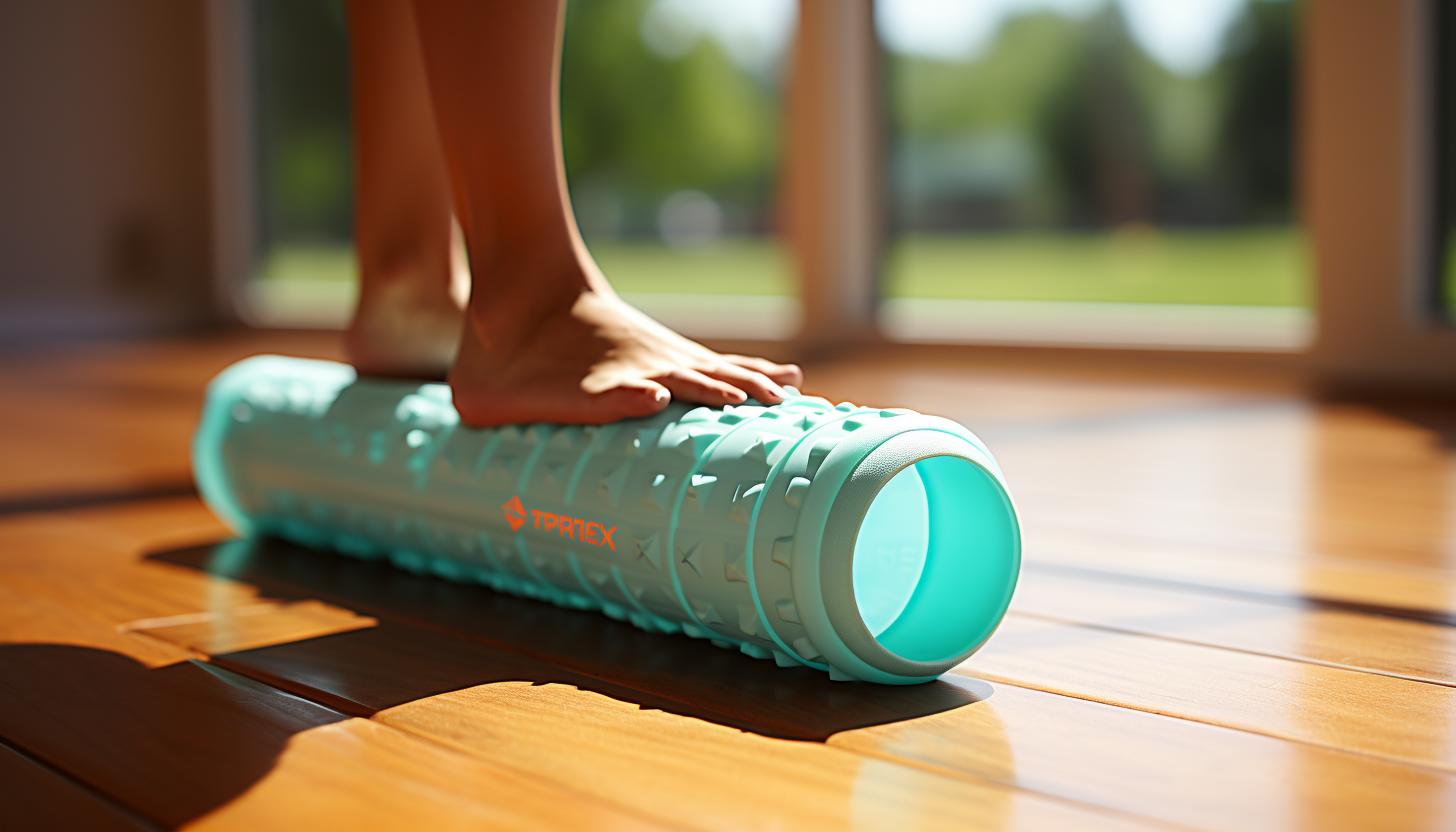
Foam rolling is an effective method for targeting and releasing tension in the calf muscles. When you engage in self myofascial release using a foam roller, you can experience numerous benefits, including improved flexibility, reduced muscle soreness, and enhanced performance.
Here are three reasons why incorporating foam rolling into your routine can help relieve tight calf muscles:
1. Self Myofascial Release: Foam rolling allows you to perform self myofascial release on your calves. By applying pressure to specific points on the muscle, you can release knots and trigger points that contribute to tightness and discomfort.
2. Trigger Point Therapy: Foam rolling acts as a form of trigger point therapy for your calf muscles. Trigger points are localized areas of hyperirritability within the muscle tissue that cause pain and restrict movement. Rolling over these trigger points with a foam roller helps alleviate tension and promote relaxation.
3. Improved Blood Flow: Foam rolling increases blood flow to the calf muscles, which aids in their recovery and promotes healing. The increased circulation brings oxygen and nutrients to the area while removing waste products, helping reduce inflammation and speed up the healing process.
Incorporating foam rolling into your stretching routine can be highly beneficial for relieving tight calf muscles. Remember to start slowly, apply adequate pressure, and roll both vertically and horizontally along the length of your calves for maximum effectiveness.
Other Effective Stretching Methods

To enhance your flexibility and alleviate tension in your lower legs, you can try incorporating various stretching methods into your routine.
Passive stretching techniques and proprioceptive neuromuscular facilitation (PNF) stretching are two effective ways to target your tight calf muscles.
Passive stretching involves using an external force to gently stretch the muscles without any active effort from you. One simple passive stretch for your calves is the wall calf stretch. Stand facing a wall with one foot forward and one foot back. Lean forward, keeping both heels on the ground, until you feel a gentle stretch in the back of your calves. Hold this position for 30 seconds and then switch sides.
PNF stretching combines passive stretching with isometric contractions to further improve flexibility. To perform a PNF stretch for your calves, start by assuming the same wall calf stretch position as mentioned earlier. Push against the wall with the ball of your foot while simultaneously resisting that push with your shin muscles for about 10 seconds. Relax and then repeat this sequence three more times.
Incorporating these passive stretching techniques and PNF stretches into your routine can help relieve tightness in your calf muscles, improve range of motion, and promote overall lower leg flexibility. Remember to listen to your body’s limits and avoid any sharp or excessive pain during these stretches.
Conclusion
In conclusion, incorporating stretching techniques into your routine can greatly help in relieving tight calf muscles. By regularly performing dynamic and static stretches, you can improve flexibility and prevent muscle imbalances.
Additionally, foam rolling is an effective method to release tension in the calf muscles. Although some may argue that stretching takes up too much time, the benefits far outweigh the minimal investment of time it requires.
So, don’t let a busy schedule deter you from giving your calves the care they deserve!



